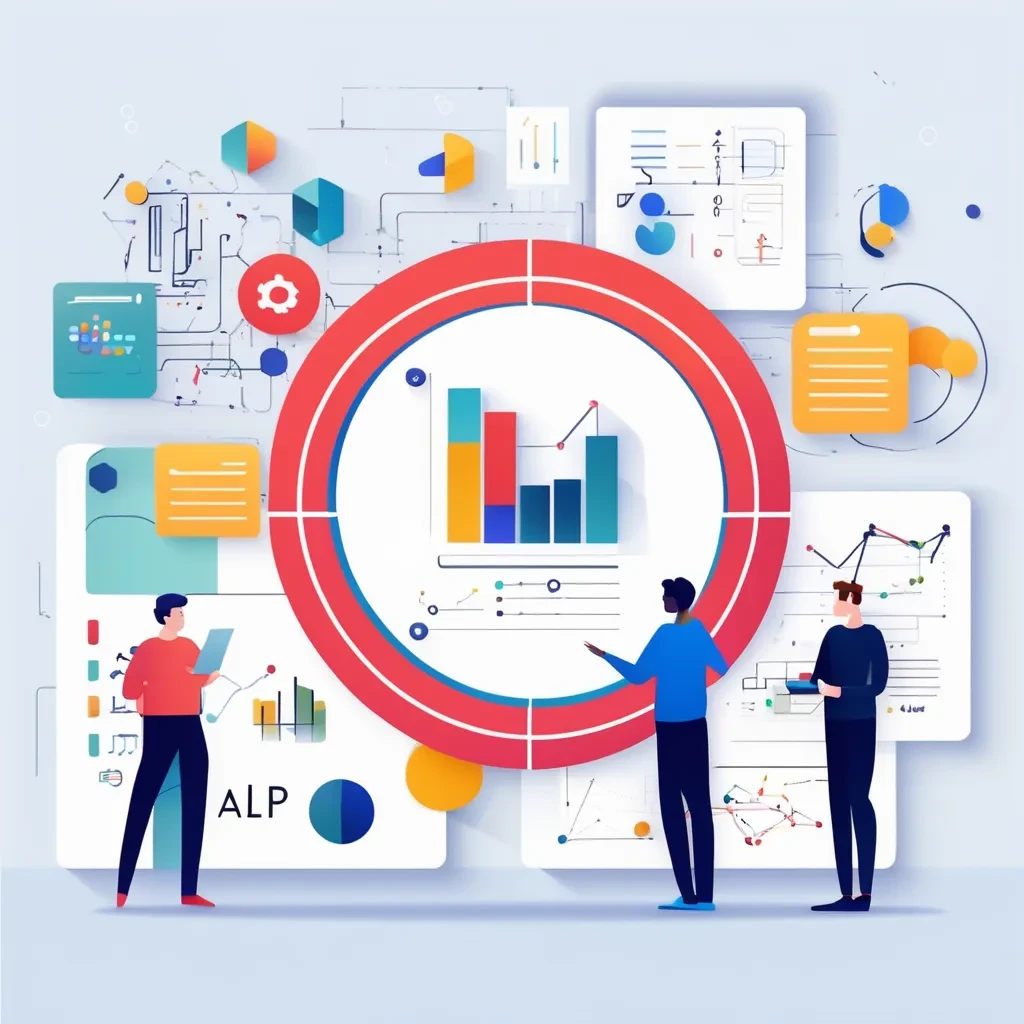Data Science is leverage for the key processes in the company
Collaboration between business units and data science teams is crucial for unlocking insights that can transform business processes and lead to significant improvements. Data scientists possess specialized skills that can revolutionize approaches to sales, customer service, marketing, and product development. However, like the engine of a car, they need clear guidance from the business side to drive results.
One of the most effective ways to maximize your data science investment is through pricing strategy. The customer data you already have—such as purchase history, retention rates, and churn—contains valuable insights. This data can uncover trends, such as what sells, what doesn’t, and which products are often bought together. As markets rapidly evolve, it’s essential for your business and data science teams to continually reassess strategies and methods.
For example, by analyzing product performance in specific regions or during particular times of the year, or by studying customer behavior on your website, data science teams can use AI to quickly and automatically analyze data and market trends. This analysis can lead to actionable recommendations that, when implemented by business users, can boost revenue or profit margins.
Consider Amazon’s use of dynamic pricing, where the company adjusts prices up to 2.5 million times a day based on factors like inventory levels, competitive pricing, and costs. User behavior directly influences both pricing and product selection. Amazon’s data science teams, alongside sophisticated AI algorithms, optimize pricing strategies to maximize revenue, allowing Amazon to swiftly alter prices and achieve the best possible financial outcomes.
Pricing algorithms can help you identify the most profitable pricing strategies for your products or services. Companies that don’t analyze their data and refine their pricing strategies are likely missing out on significant revenue opportunities. In today’s dynamic environment, pricing strategies should be informed by data and the real behaviors of current and potential customers.

Figure 1. Data Science uses AI and specialized techniques, helping managers in making decision processes.
Data science is a powerful tool that enables business leaders to make better decisions about pricing strategies and customer quotes. Effectively leveraging this investment is crucial because it can quickly lead to increased revenue.
Private equity (PE) firms are also under pressure to make faster and more precise investment decisions in today’s highly competitive environment. Traditional methods—relying on intuition, financial ratios, and qualitative analysis—are no longer sufficient in a world driven by speed, accuracy, and data. As data grows in volume and complexity, integrating AI and data analytics has become essential in transforming how PE firms operate.
These tools enhance decision-making and create competitive advantages, allowing firms to rapidly process large datasets, identify patterns, and make informed predictions about future outcomes. This shift fundamentally changes how PE firms approach investments, risk assessment, and portfolio management.
As AI and data analytics become indispensable tools for smarter private equity investments, they are now seen as a necessity rather than a luxury. This shift demands a reevaluation of traditional investment methods and a move toward more sophisticated, data-driven approaches. This article explores the traditional methods of private equity, the current impact of AI, the enhancement of due diligence through data analytics, practical implementation steps, and the future of private equity in an AI-driven world.
Historically, private equity has relied on intuition, experience, and financial metrics such as EBITDA multiples and debt-to-equity ratios for investment decisions. While this approach has been effective for many years, it primarily relies on historical data and subjective judgment, limiting its ability to provide a comprehensive view. Traditional due diligence processes often involved labor-intensive reviews of financial statements, market research, and executive interviews. However, these methods are increasingly inadequate in a fast-paced, data-driven world.
The major limitation of traditional private equity lies in its reliance on backward-looking data, which may not account for future market disruptions, emerging trends, or shifts in consumer behavior. For example, when evaluating an acquisition in the retail sector, traditional methods might overlook critical factors such as the growing consumer shift towards e-commerce, leading to an overvaluation of a company based on past performance while underestimating future risks.
Recognizing these limitations, there is a growing awareness of the value that AI and data analytics bring to private equity. These tools offer more accurate, forward-looking insights that traditional methods might miss, enhancing firms’ ability to predict future performance and avoid potential pitfalls. By integrating advanced data analytics into their decision-making processes, private equity firms can better navigate the complexities of today’s rapidly changing market landscape, making more informed and strategic investments.
At the same time, new data sources and analytical methods are reshaping both business and society, including government operations. For instance, generative AI could generate $2.6 trillion to $4.4 trillion in value across industries. Capturing this value, however, requires new ideas and approaches. This article discusses the major opportunities AI offers, the challenges that could arise, and how some organizations are addressing them.
Many economic development leaders focus on attracting foreign investment and boosting exports. AI can help them select companies that could enhance local economic development, understand expansion opportunities, estimate investment outcomes, and budget for efforts to attract businesses. For instance, REDI Cincinnati uses predictive analytics to target companies for attraction and expansion efforts, facilitating over $6 billion in capital investments.
AI and data analytics are becoming indispensable tools across various sectors, from business to government. By embracing these technologies, organizations can gain a competitive edge, make more informed decisions, and achieve better outcomes in an increasingly complex and data-driven world.
Suggested References
Fuhene, Doug (2024) How to leverage investments in Data Science for inmediate business results. Forbes. https://www.forbes.com/councils/forbesbusinessdevelopmentcouncil/2024/03/27/how-to-leverage-investments-in-data-science-for-immediate-business-results/
Laroschenko, Kirill (2024) Bridging the gap. Techbuilliong. https://techbullion.com/bridging-the-gap-how-ai-and-data-analytics-are-shaping-smarter-private-equity-investments/
McKinsey & Company (2024) AI in economic development .McKinsey and Company. https://www.mckinsey.com/industries/public-sector/our-insights/using-ai-in-economic-development-challenges-and-opportunities


